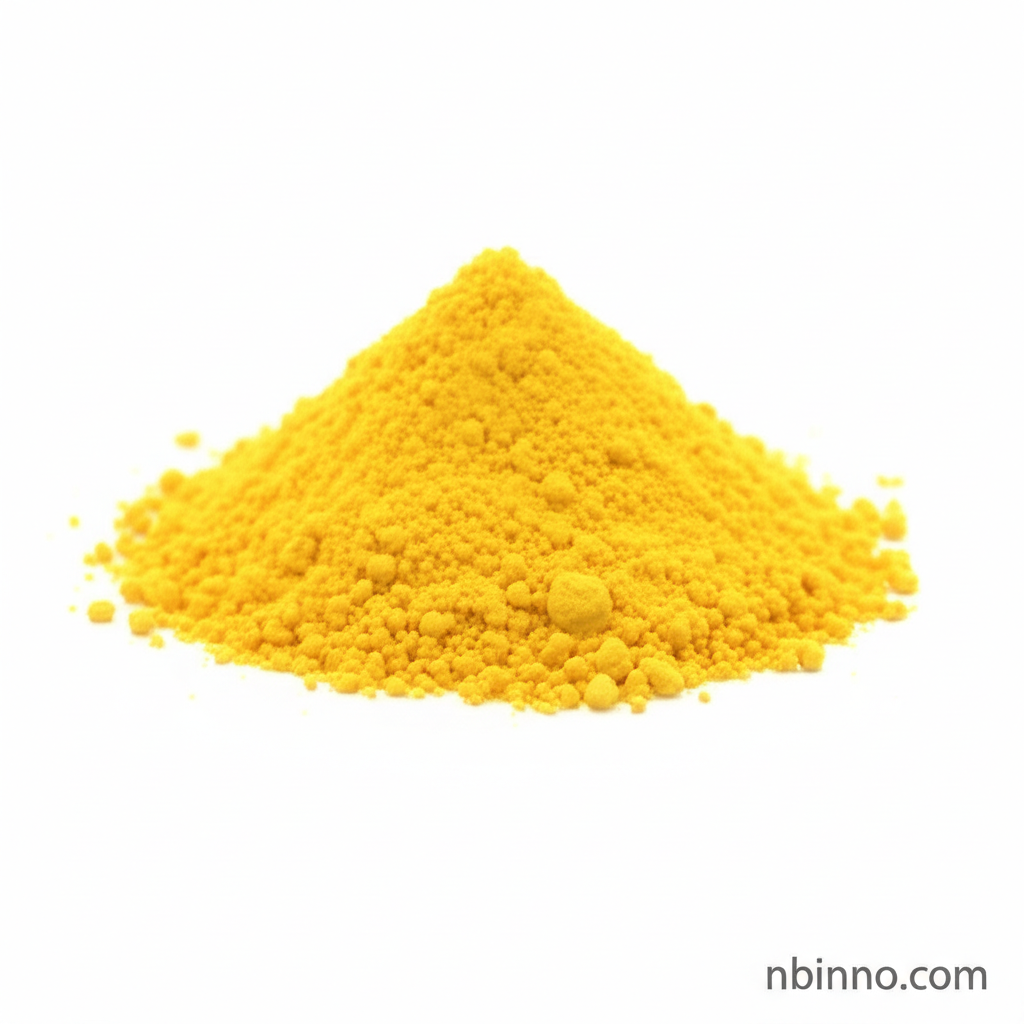High Purity 2-Methylbenzeneacetonitrile: Your Key Photoacid Generator for Advanced Electronics
Unlock superior performance in OLEDs and photoresists with our premium 2-methylbenzeneacetonitrile.
Get a Quote & SampleProduct Core Value

2-Methylbenzeneacetonitrile
This high-purity 2-methylbenzeneacetonitrile, also known as PAG103, is a critical photoacid generator designed for cutting-edge electronic applications, particularly in OLED manufacturing and advanced photoresist formulations. Its ability to generate acid upon UV light exposure is crucial for initiating precise chemical reactions within photoresists, including crosslinking, polymerization, or degradation, thereby enhancing the sensitivity and performance of these materials.
- As a photoacid generator, 2-methylbenzeneacetonitrile plays a vital role in initiating chemical reactions within photoresists when exposed to UV light.
- The compound is extensively used in OLED manufacturing, serving as a key intermediate for developing advanced electronic devices.
- Its primary function in photoresists is to increase their sensitivity to ultraviolet (UV) light, enabling finer pattern definition in lithography.
- With a purity of 99%, this chemical intermediate guarantees reliable and consistent results in demanding electronic fabrication processes.
Advantages Offered by the Product
Enhanced UV Sensitivity
By incorporating 2-methylbenzeneacetonitrile into photoresists, you can significantly boost their sensitivity to UV light, allowing for more efficient and precise exposure processes.
Crucial for OLED Fabrication
This chemical intermediate is a cornerstone in the complex synthesis of materials used in OLED displays, contributing to their vibrant performance and longevity.
Precise Chemical Reaction Control
As a photoacid generator, it acts as a catalyst to initiate specific reactions like crosslinking and polymerization, essential for achieving desired material properties in electronics.
Key Applications
OLED Manufacturing
Essential for creating the advanced materials that power modern OLED displays, ensuring high efficiency and visual quality.
Photoresist Formulations
Improves the performance of photoresists, making them more responsive to UV light for intricate patterning in semiconductor lithography.
UV-Curing Processes
Facilitates the rapid curing of materials under UV light, crucial for fast-paced manufacturing in the electronics industry.
Electronic Chemical Synthesis
Serves as a vital intermediate in the synthesis of various specialty chemicals required for the production of electronic components.
